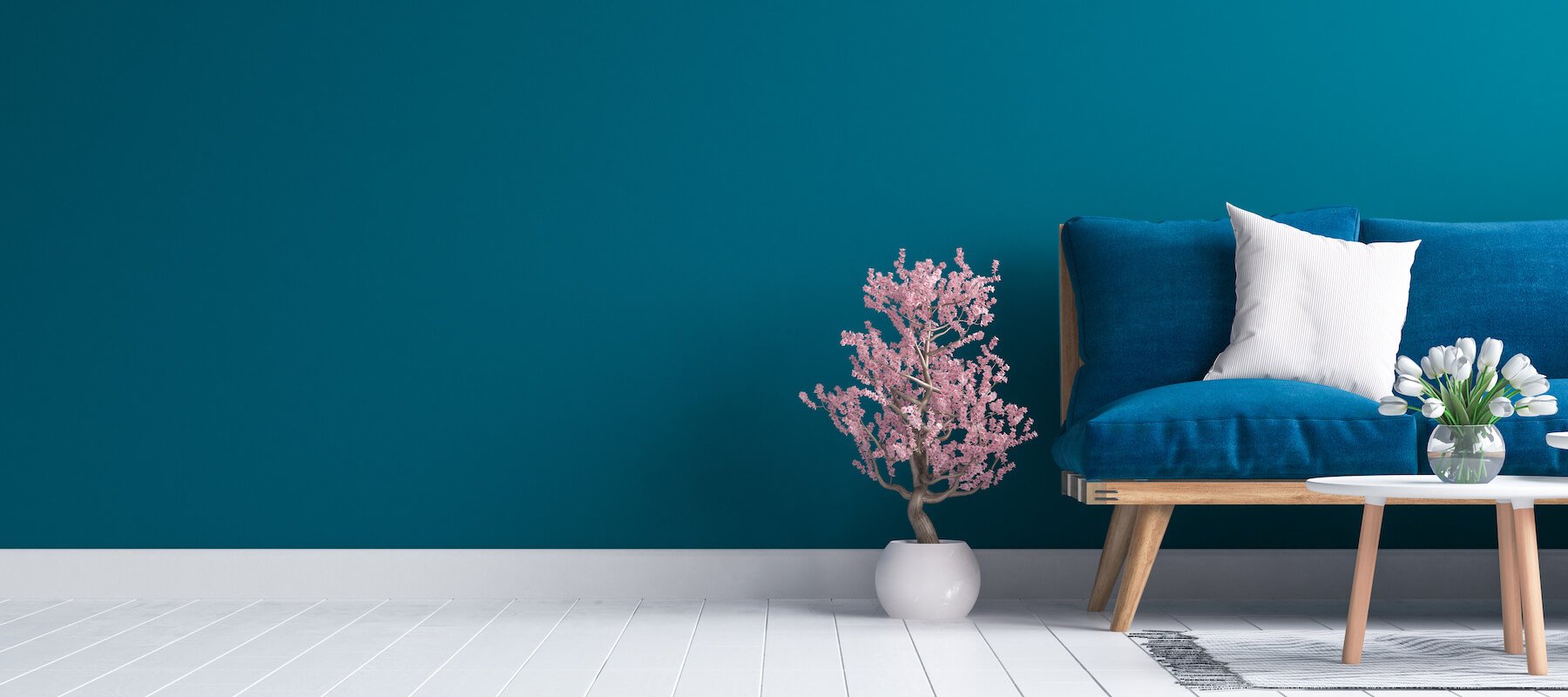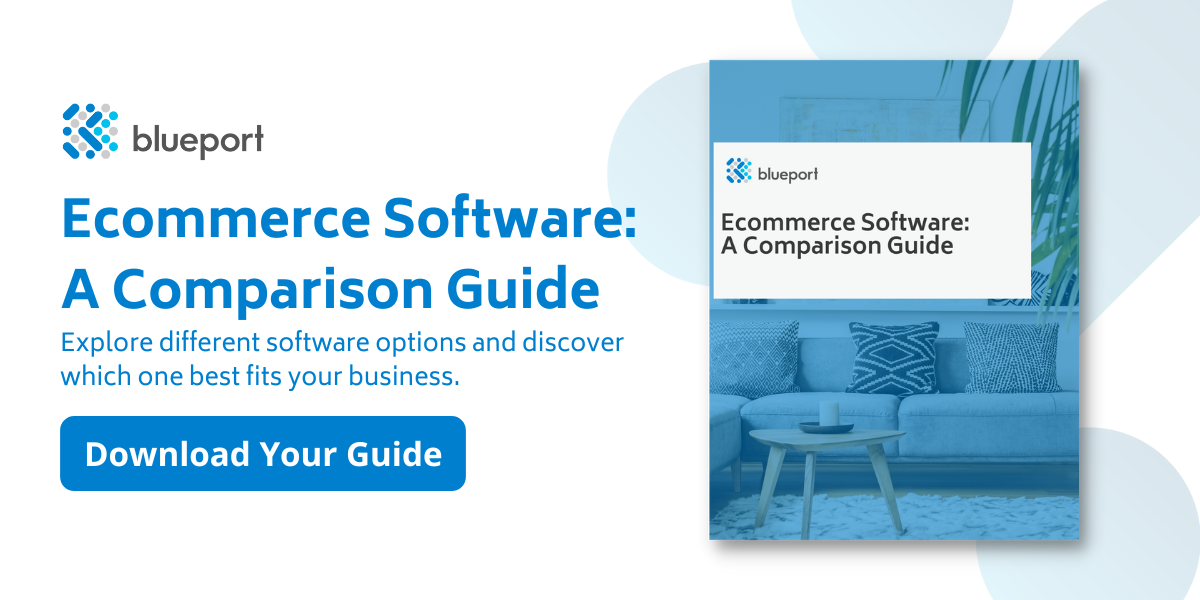Furniture is a unique, highly involved process in which customers move from channel to channel over several weeks (or longer!) before finally making a purchase.
This makes the conversion path for furniture ecommerce unique from other retail purchasing experiences. The furniture ecommerce buyer’s journey:
-
Is highly considered, especially when compared to other retail sectors
-
Is longer than other shopping experiences
-
Includes a myriad of touchpoints
While it’s important to effectively engage your customers at every stage of their shopping journey, you may not know where to begin. Below, we’ll explore each of the three furniture ecommerce buyer stages and how you can delight your customers no matter where they are in their buying journey!
Furniture Ecommerce Buyer Stages
1. Awareness
The first stage of the furniture shopping funnel includes furniture enthusiasts — who are interested in buying new products for their homes, but may not be shopping yet — and active shoppers who have just begun browsing for furniture based on a general need to refresh their home, but haven’t yet narrowed down to a particular product or store.
Often, retailers neglect to engage with shoppers in this stage, but it’s critical. Engaging shoppers early, or even before they begin shopping, generates big benefits once they enter the furniture market or narrow down their selection.
Awareness Stage Shopper Goals
Customers in the awareness stage are beginning to look at furniture, but they haven’t yet decided if they will purchase it or not. They may also simply be looking for inspiration to redesign their home in the future.
Awareness Stage Retailer Goals
At this stage, it’s critical for you to become a resource for the shopper. By helping guide them through the shopping journey, they’ll have your brand in mind as they enter the consideration stage.
2. Consideration
In the middle of the funnel, you’ll find active shoppers who are in the market and actively looking for furniture. They generally have a specific need (a sofa, new bedroom furniture, a mattress) and are doing research to narrow down their options.
Shoppers are often searching for types of products as opposed to brands. Shoppers entering the market for furniture may type in a manufacturer or retailer’s name to start their search, but with so many options today shoppers will often search for a product rather than a brand, to see what’s available.
Once shoppers begin finding products they do like, they are generally predisposed to buy from a local retailer, particularly for larger, more expensive items. Whether your shoppers are replacing their couch, redesigning their bedroom, replacing old furniture, or downsizing, it’s important to engage with them to get your brand in front of shoppers who are searching for specific products in your local area.
Consideration Stage Shopper Goals
At this stage, shoppers are gathering more information and comparing their options.
Since there are now more options available, shoppers are likely to consider the following:
-
Furniture styles
-
Local and chain stores
-
Prices
-
Products and availability
Consideration Stage Retailer Goals
During this time, you’ll want to offer solutions to as many pain points as possible.
For example, the customer is likely expecting long delivery wait times. If you have the ability to get the customer an expedited delivery or find a similar item in stock, this might be enough of a differentiator to get them to purchase from your business.
3. Decision
At this stage, your customers know they want to make a purchase and have even decided which items they want to purchase, but they’re still deciding where they should buy the products.
It’s critical to solve any problems that your customers have in order to help them confidently make the choice to purchase furniture from your business.
Often, your customers are looking for:
-
Discounts to reduce their order or shipping costs
-
Financing flexibility and payment options
-
Product availability and estimated delivery time
Decision Stage Shopper Goals
At this stage, your shoppers are ready to finalize their decisions. They’re ready to consider all of their options, select the right furniture solution for them, and make the purchase.
Decision Stage Retailer Goals
At this stage, your ultimate goal is to guide the shopper to make a furniture purchase on your website or in your store.
Strategies for Each Stage of the Furniture Shopping Funnel
Awareness Funnel Strategies
In the awareness stage, you’ll want to prioritize brand awareness, website visits, and other initial touchpoints to get your brand in front of more potential customers. Some strategies to use include:
SEO and Organic Search
One great way to reach your target audience through SEO and organic search is by using long-tail keywords.
SEMRush explains that “Long-tail keywords are highly specific search queries that tend to have relatively low search volumes.”
Examples of these keywords for your business might include:
-
Black sectional sofa
-
Gray office chair
-
Round dining room table
These keywords provide you with the chance to rank for specific search terms and reach potential customers who are looking for your specific products.
Organic Social Media
Creating organic social media content is another great way to reach potential customers and engage with your audience.
HubSpot found that “In 2020, 42% of people used social media channels for product research.” By using platforms like Facebook, Instagram, and Pinterest to connect with your audience, you can increase your brand awareness and drive more sales at the end of the shopping funnel.
Plus, many social media platforms now have features that make shopping through the app even easier. For example, you can tag items for sale on Instagram to provide shoppers with more information, including the price of the item.
You can also connect with customers by creating lifestyle content. Many brands do this through user-generated content (UGC) and incorporating influencer marketing strategies.
Engaging Website Content
Social media isn’t the only way to engage with your audience! Don’t forget to employ engaging content on your website to drive traffic and increase interest.
Some engaging content ideas to utilize include:
-
Blogs, ebooks, and infographics.
-
Quizzes, surveys, and assessments.
-
Webinars and other video content.
Consideration Funnel Strategies
In the consideration stage of the shopping journey, you’ll want to provide your audience with content they can relate to, such as customized recommendations, location-specific deals, and more. You can use several different marketing strategies to connect with your audience, including:
Personalized Email Marketing
Email marketing best practices can help you reach your audience, provide them with recommended products, and share any upcoming deals at your store.
Email marketing best practices include:
-
Concise and direct subject lines and preview text
-
Engaging and relevant content
-
A responsive design that adapts to the reader’s device
Social Proof
Show off your happy customers! Each sale you make provides the possibility of a 5-star review.
Include testimonials or reviews in your emails, on your website, and in social media posts to showcase how much current and previous customers love your products!
Highlighting Your Store’s Omnichannel Shopping Experience
Build immediate confidence by highlighting how incredible the omnichannel experience is for your customers.
For example, you might want to showcase:
-
Geotargeting and how that connects shoppers with their local stores
-
Different ways customers can interact with your sales team online and in stores
-
Cross-channel experiences that allow customers to shop online and finish their shopping in-store — or the other way around!
Optimized Product Pages
At this stage, customers are making decisions about the products they want to purchase, which means they’re looking at every little detail.
You can use this stage as an opportunity to showcase all relevant product information on your product pages. Plus, you can use imagery, 360 views, AI and more to enhance your product pages even more.
Decision Funnel Strategies
Finally, in the decision stage, you’ll want to push your customers to complete their purchases through enticing deals, retargeting campaigns, and urgency messaging.
Retargeting
Retargeting takes place when you advertise your business to a potential customer who has already been on your website. For example, maybe they scrolled through your website in the first stage of the buyer’s journey but never came back.
You can retarget customers in a number of ways, including by:
-
Sending them emails after they’ve left items in their cart
-
Sending targeted offers to products they’ve looked at before
-
Using paid social media ads to get their attention while customers scroll through their feeds
Urgency Messaging
Another effective strategy to get customers to complete their purchase is through urgency messaging. By sending them a last-minute deal or encouraging them to complete their purchase by the end of the day for free shipping, many customers are driven to make a purchase so they get the best possible deal.
CTAs
Push your audience to take the next step! Use clear and compelling calls to action (CTAs) on your website, emails, and social media posts to drive more potential customers to complete their purchases.
Improve The Buyer’s Journey For Your Customers Today!
No matter where your customers are in the buyer’s journey, you have the opportunity to engage and delight them, but many times, you can’t do that with a standard ecommerce platform.
As a furniture retailer, you need a platform that was built with you in mind — and has the capabilities to solve your unique challenges. But, with so many platforms in the market, it can be hard to decide which one is right for your business.
If you’re ready to delight your customers no matter what stage of the journey they’re in, download Ecommerce Software: A Comparison Guide today to find the best ecommerce platform for your business!





